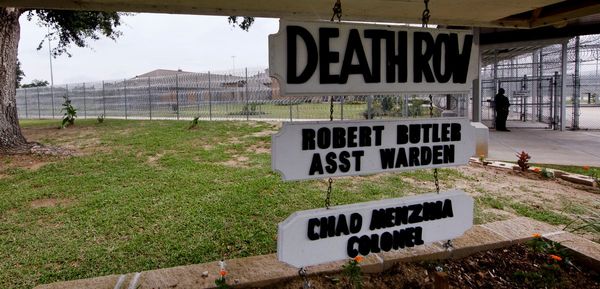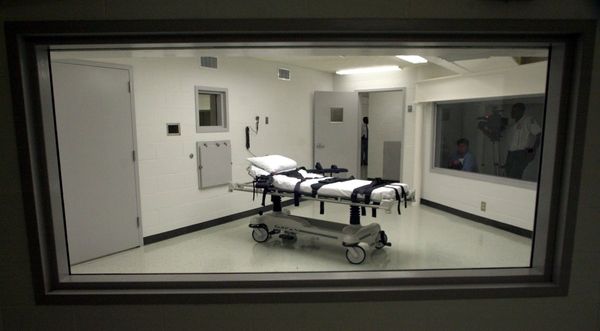Cities in Sweden and Norway are aiming to recycle the heat given off by data centers, in an innovative effort to repurpose what's usually treated as a useless byproduct of computer servers' constant number-crunching.
Why it matters: Data centers account for about 1% of global electricity use annually, and emit enormous amounts of heat that generally goes unused.
Driving the news: Stockholm Data Parks, a partnership between the city of Stockholm, energy company Stockholm Exergi, power grid operator Ellevio and others, aims to produce 10% of the heat required to meet Stockholm's warming needs by 2035.
- In Norway, the municipality of Bjørnafjorden is developing a commercial area, Lyseparken, with the extensive infrastructure needed for large-scale data center heat recycling installed from the get-go.
How it works: The hundreds or thousands of servers in a typical data center generate lots of heat, which has to be expelled to prevent dangerous and damaging high temperatures.
- Most data centers simply pipe all that heat into the outside air.
- But this heat can also be recycled, by channeling it into underground water systems running below a city or town.
- The heated water then warms homes, offices or other buildings before heading back to the data center to be heated up once again, starting the process anew.
Recycling data center heat is a win-win for all involved, says Erik Rylander, the head of Stockholm Data Parks.
- During the eight coldest months of the year, Stockholm Exergi buys all the available waste heat from nearby data centers and funnels it through the city's extensive district heating system.
- That heat is cheaper than alternative sources, and the data centers "get paid for something that is normally just a cost for them, which is cooling," Rylander told Axios.
The big picture: Companies and other organizations have been experimenting with data center heat recycling on a smaller scale.
- Amazon's Seattle headquarters are warmed with the waste heat from a nearby data center. The initiative will save about 80 million kilowatt hours of electricity use over 25 years, Amazon said.
- Waste heat from Syracuse University's data center is used by a nearby office building.
Yes, but: It's difficult and expensive to build the necessary infrastructure for data center heat recycling in cities and towns that aren't already set up for it.
- That's why Bjørnafjorden chose to build Lyseparken in a previously rural, undeveloped area, where it's possible to lay down the infrastructure at a lower cost, said Bjørnafjorden business manager Jon Sivert Rykkel.
- In Stockholm, the city's district heating system was built in the 1950s, and the infrastructure for heat recycling was already in place, Rylander explained.
The bottom line: Like other sweeping green initiatives, these kinds of projects take time — but are likely to prove fruitful in the end.
- Lyseparken has been in development for seven years, and it may take up to three decades to completely finish the project, Rykkel said.







